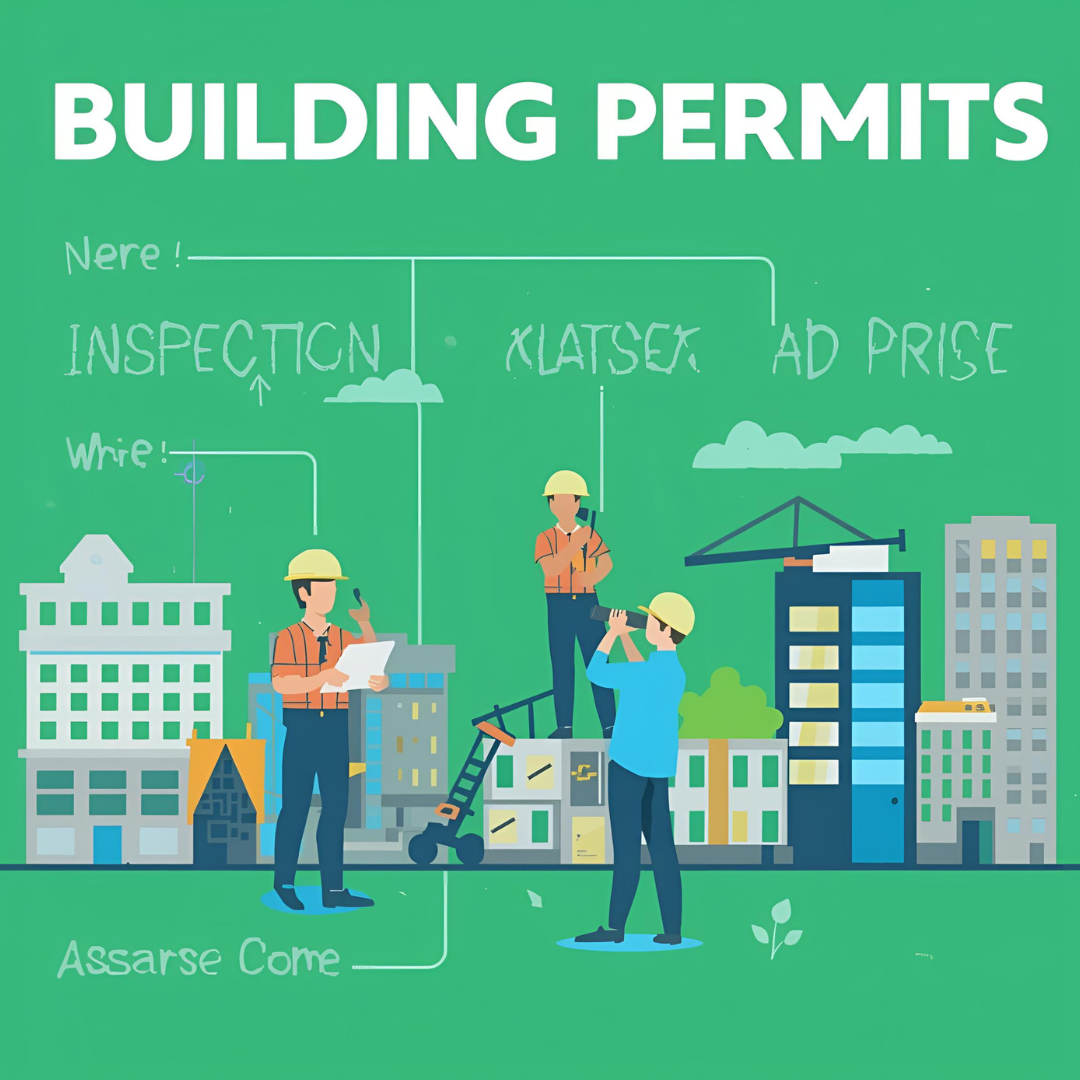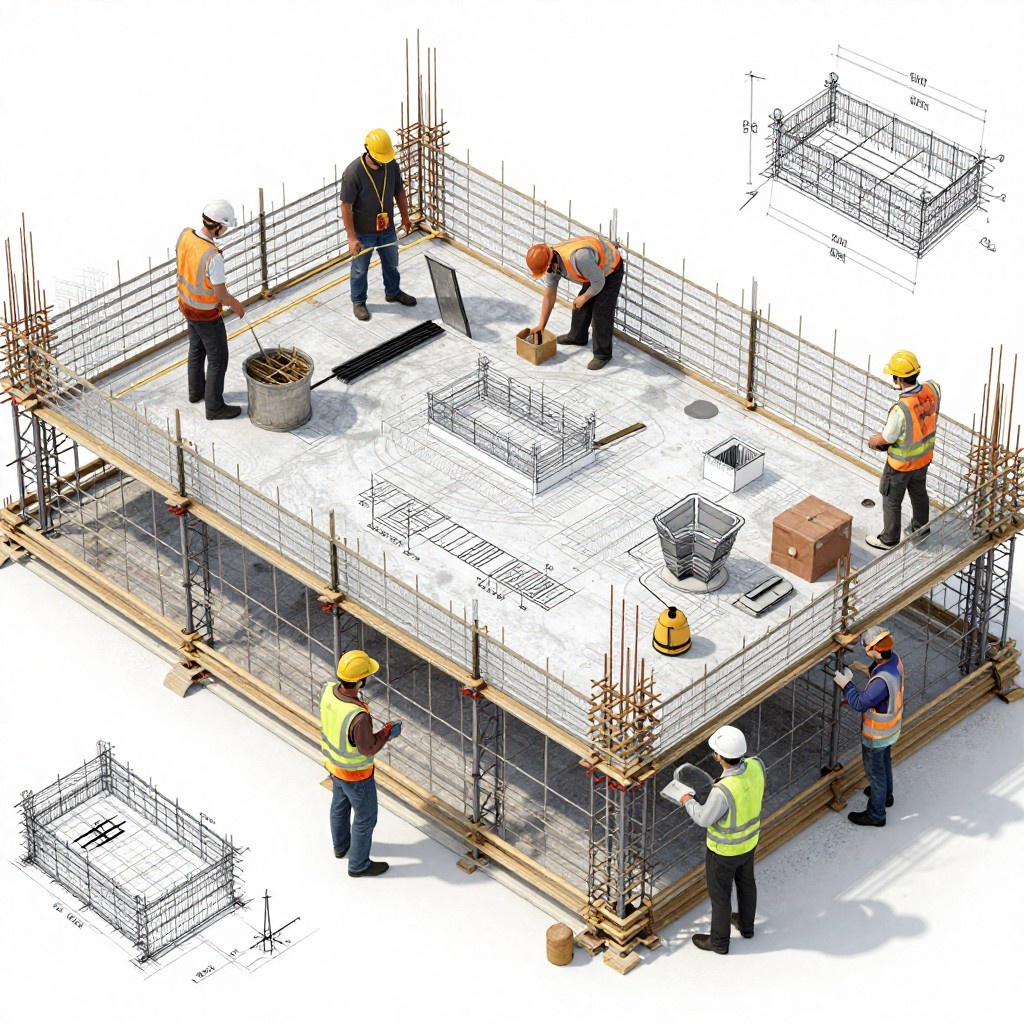What is design development? Everything you need to know
Architecture is more than just sketching beautiful and aesthetic buildings, it is about developing and designing spaces that are both practical and aesthetically pleasing. Each architectural project goes through several design phases. These design phases help to manage client expectations, and budgets and help the process run smoothly. The design development phase falls in the mid-stage of the entire process. It is an interim period between Schematic Design and Construction Documents.
But why is this stage crucial for the successful completion of projects? Let us dive deep into the finer aspects of design development phase and understand exactly what makes it so important for successful project delivery.

Design phases in architecture
The process of designing and constructing a building is quite tedious and time consuming. To simplify this process, we architects often categorize this process into 6 phases. This helps them to break their project into manageable steps and the process goes smoothly.

- Schematic Design Phase :
In this stage, the designer sets the groundwork, bringing sketches and fundamental concepts to life. The creative exploration phase involves the architect presenting rough ideas and layouts based on client feedback. These are usually hand-drawn drawings or simple digital renderings.This phase involves nailing down the basic form and function of the building. The architect and client engage in regular discussions regarding the development of several design alternatives which will be nailed down in the next phase. Basic Floor plans, site plans and building elevations are developed in this phase. - Design Development Phase:
The attention switches from broad principles to detailing, bringing the design closer to completion. This step refines the initial ideas into a more thorough design. You begin to lock in decisions on materials, systems, and specific architectural aspects.After agreeing on the basic form and function of the project with the client, we move on to fine-tuning these details. If you had presented the client with numerous design options, This is the time when they finalize one. - Construction Documents:
During this design phase, you will switch from being a service provider to providing a product: two complete sets of drawings.Precision is essential in this phase when architects provide detailed technical drawings and requirements for contractors. Once the design is complete, it is turned into comprehensive technical drawings and specifications for the construction team to use in the project's execution.The first set is a Permit set. This set will be sent to the appropriate authority in the building permit application.The other set, the Issue for Construction set, can be finished after the Permit set is completed and submitted. The permit process can take a long time, so getting those drawings sent in first will help move the process along. - Bidding/Procurement:
Out of all the design phases, the bidding phase is rather simple – the goal is to find a construction company to build the project. You will again become a service provider and guide your client in finding the best construction company based on their qualifications and price. - Construction Administration (CA):
Architects are active throughout the construction process to ensure that the structure is built as designed. During the construction phase – typically from the Notice to Proceed to when the client occupies the building – the architect provides construction oversight. The architect's responsibility continues as they oversee the construction, ensuring that everything is in line with the design goal and that any difficulties are resolved.
Design Development in Architecture
The major motive of the design development phase is decision-making. The project’s layout, the materials to be used and even overall costs and discussed and agreed upon, during this phase. During this phase, the architect works closely with the engineers and consultants involved in the project to estimate costs and analyse systems. They work together to guarantee that the project's design is not only aesthetically pleasing but also structurally sound and useful. This phase entails specifying materials, perfecting the building's form, and integrating sophisticated systems such as HVAC, electrical, and plumbing.

The process also involves creating a more refined design as compared to the schematic design phase where only the broader aspects of the project are discussed such as the basic form and function of the building.
The purpose of design development is straightforward: to bring the design closer to reality while providing enough room for future changes in the next step, construction documents.
Elements of Design Development
The design development phase is where abstract sketches become considerably more exact. Let's have a look at the main components that constitute this stage:

Plans
In architectural terminology, plans are the blueprint for how the building's spaces will be organised. These are not just room plans; they are complete views that include wall thicknesses, door placements, window locations, and structural components. During design development, these plans progress from crude layouts to accurate, detailed drawings that demonstrate how each area functions inside the building.
Sections
Sections provide a vertical cut, demonstrating the relationship between floors, room heights, and spaces, whereas plans provide a horizontal view of the building. These drawings are essential for understanding how the interior and exterior interact, particularly when it comes to roof lines, staircases, and multi-story floor plans. Sections allow you to see how the building fits together from top to bottom, ensuring that everything links properly.
Elevations
Elevations are precise side views of a building's exterior that show how it will appear from all angles. This is where the project's aesthetic truly begins to emerge—balancing design aspects like as windows, materials, and ornamental features with structural constraints.
Materials
Choosing the right materials is where design meets functionality. Will the building be made of sustainable timber, elegant steel, or lasting concrete? The materials used impact not just the project's appearance, but also its longevity, environmental impact, and cost. During design development, architects collaborate closely with material suppliers to ensure that what appears good on paper performs well in practice.
Coordination
Coordination entails bringing all the elements together. All structural, mechanical, electrical, and plumbing systems must work together to function properly. If one system interferes with another (for example, a beam colliding with ductwork), it can result in significant delays later. The design development process focuses on resolving potential concerns early on by ensuring that everyone, from the HVAC engineer to the interior designer, is on the same page.
Specifications
Detailed specifications are written documents that define every product and material that will be used during construction. This is where technical requirements and creative considerations intersect. Specifications cover anything from the type of steel used in structural beams to the brand of light fittings and paint finishes. These documents verify that the design is carried out as intended and assist keep the project under budget.
Design development vs schematic design
During the Schematic Design process, architects explore different ideas and concepts while the design development phase develops workflows to take these ideas to the next level. The schematic design phase emphasizes on creative and out-of-the-box thinking, without worrying about the technicalities of these ideas. However, design development now focuses on practicality—ensuring that the design is buildable, structurally sound, and fits the client's needs.

Design development vs construction documents
The transition from design development to construction documentation involves transitioning from thorough planning to execution. Design development focusses on improving and finalising the design. By the time you get to the construction documentation phase, everything should be ready for the contractors to go without issue.
Design development allows for some flexibility and revisions, but as you approach the construction documents phase, the plans become legally binding. These are the instructions that the builders will use to bring the project to life.
Best Practices for Successful Design Development
To ensure that your design development phase proceeds successfully, here are some best practices:
- Involve clients early and often: Keep the client informed as decisions are made. Their feedback ensures that the project meets their expectations and prevents surprises later.
- Collaborate with consultants Early: Engaging engineers, MEP (mechanical, electrical, and plumbing) consultants, and other professionals from the start guarantees that the design is coordinated and that systems do not interfere.
- Keep Your Budget in Mind: As the design gets more intricate, it's easy to lose track of the budget. Regularly comparing prices to the design guarantees that you are not overspending in areas that do not provide value.
- Use 3D Modelling: Using tools such as Building Information Modeling (BIM) or 3D visualizations allows everyone—clients, consultants, and contractors—to comprehend the design and anticipate any issues.
- Future-Proof the Design: Consider how the building will function in the long run. Can it adapt to new requirements and technologies? Future-proofing saves money and headaches in the long run.

FAQ:
Why is client involvement important during the design development stage?
Client involvement ensures the design aligns with their vision and functional requirements. Engaging them throughout the process prevents misunderstandings and costly revisions later.
What challenges are commonly faced during the design development phase?
Coordinating different building systems—like HVAC, electrical, and plumbing—can lead to conflicts if not managed early. Budget constraints can also become a challenge as design details are added.
How does design development impact the overall cost of a project?
This phase involves crucial decisions on materials, systems, and construction methods, which can have a significant impact on both initial construction costs and long-term operational expenses.
How long does the design development phase typically take?
It depends on the complexity of the project. Smaller projects might take a few weeks, while larger, more intricate designs can take several months.




